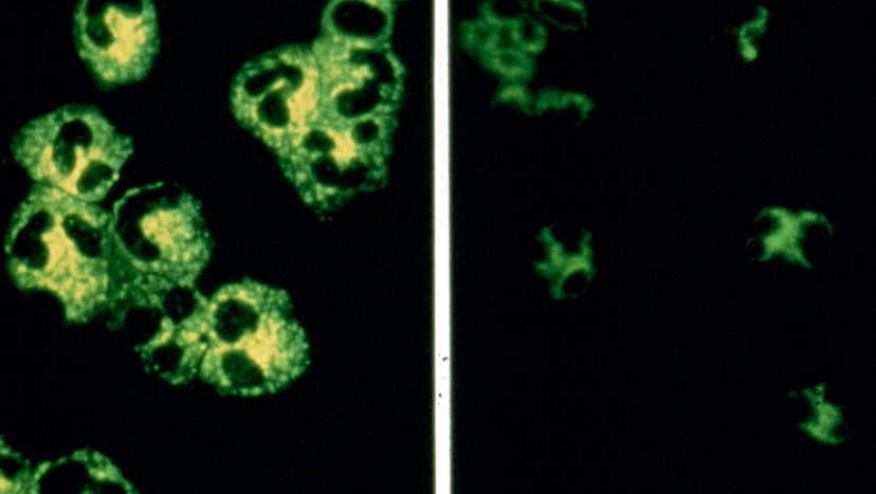Rituximab Effects on ANCA, IgG and Infectious Risk in ANCA-Associated Vasculitis Save

Rituximab has significantly changed the management of patiehts with ANCA-associated vasculitis (AAV). Yet the longitudinal assessment of such patients needs to be guideded by clinical and laboratory parameters.
A multicenter, retrospective study assessed the effect of rituximab on autoantibodies and immunoglobulin levels, and clinical outcomes in 239 AAV patients.
During RTX induction phase (n=53 patients), there was a decline in IgG levels (6% per month) and ANCA levels (47%) - this included a similar fall in anti-MPO and anti-PR3 titers.
During RTX maintenance treatment (over a median 2.4 yrs), a decline in IgG levels (0.6% per year) was seen. Significant hypogammaglobulinemia (IgG < 400 mg/dL) occurred in 4.6% of patients. Serious infections during maintenance occurred at a rate of 8.5 [95% CI, 0.66 to 1.1] per 100 patient years and were independently associated with an IgG level < 400mg/dL. (Analyses of the RA cohort has shown that hypo-IgG is a risk factor for serious infection).
B cell targeted therapy with RTX does results in a decline in ANCA titers as well as total IgG levels in a minority of patients (4.6%) who may be at risk for serious infections.








If you are a health practitioner, you may Login/Register to comment.
Due to the nature of these comment forums, only health practitioners are allowed to comment at this time.